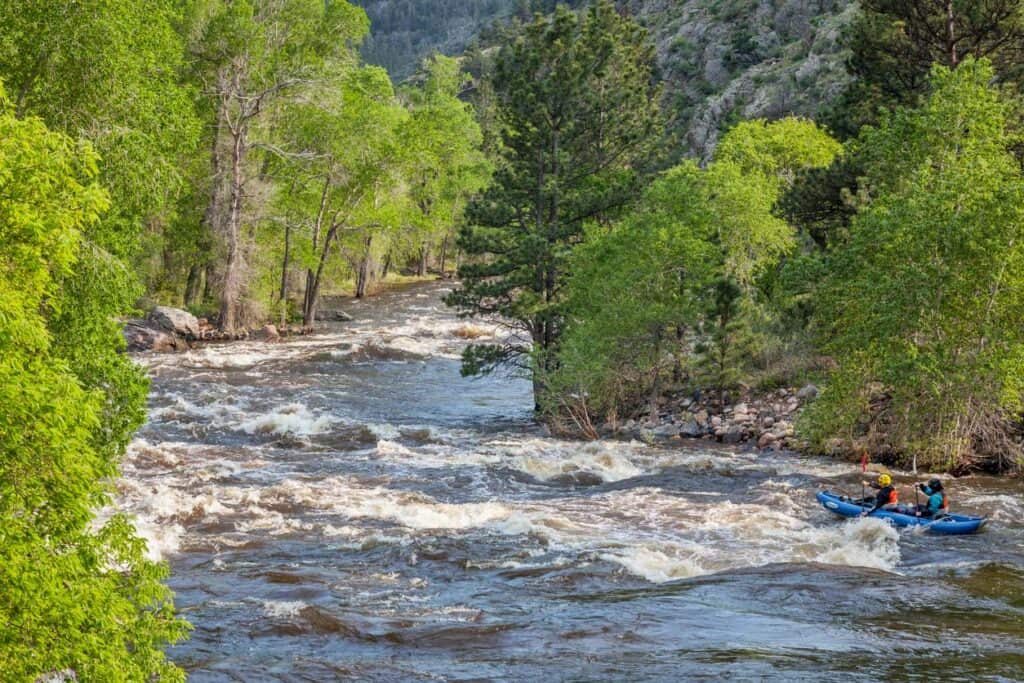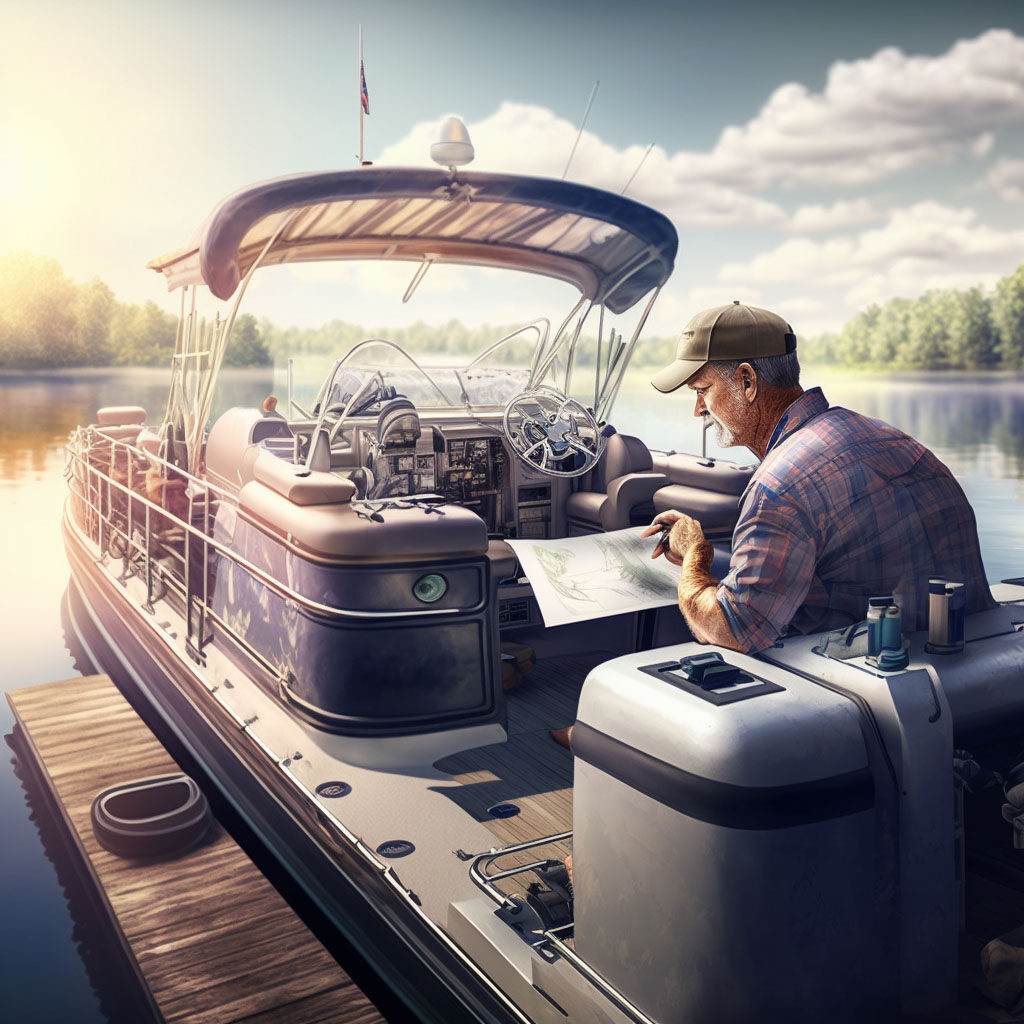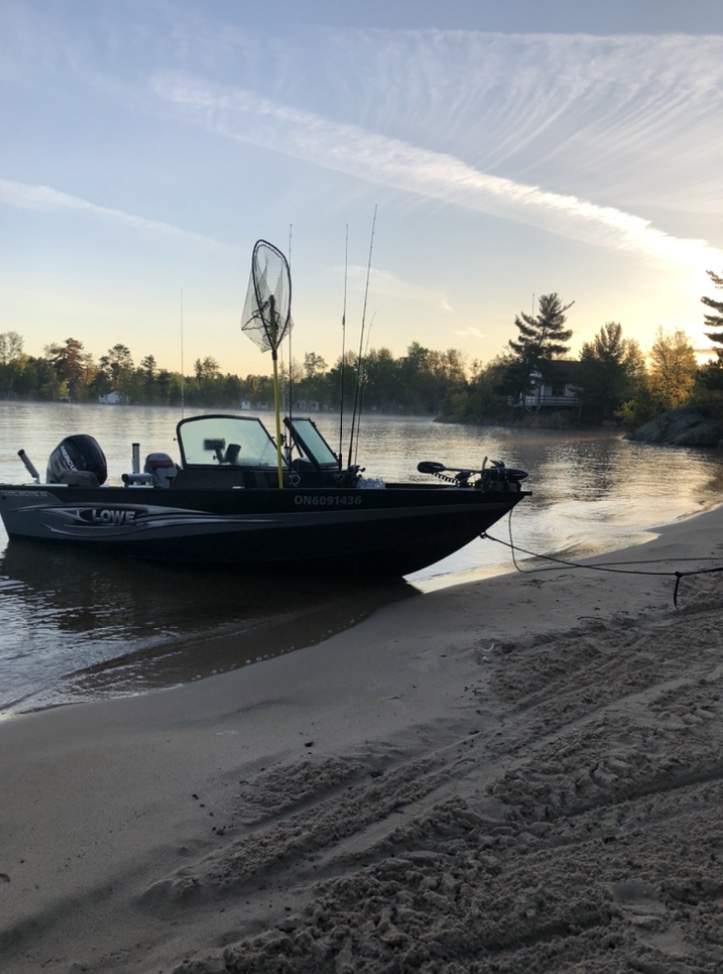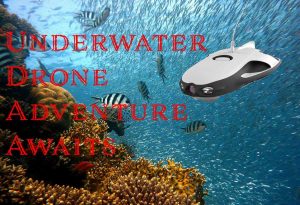The first time I rented a boat, I had no idea what boating gear I should bring. I really had no idea what the required equipment was supposed to be on a boat. I planned ahead and when I made the reservation, I asked the girl on the phone what I would need. She told me that they provided everything I’d need and to just bring my fishing gear with my fishing license if that’s what I planned to do while out in my rented boat. But, once I was out on the water I realized there were a bunch of things I was supposed to have, but didn’t.
This guide is all about the things you need to take with you on a boat. And also the things that might not be carried but have to be installed to your boat. Join me in this quick guide to boating gear necessities and what you’ll need when out on the water.
Boating Gear Legal Requirements
Depending on the size and type of craft you’re taking out on the water, the gear you’ll legally need to have is going to change. For the purpose of this article, we’ll focus on the requirements for smaller craft, about the size of a cabin cruiser and smaller. This guide is intended for new boaters, so those of you who have a larger boat will already know what you need. Here’s a basic info-chart of the requirements based on the size of the vessel.
Canadian Waterways – Mandatory Safety Equipment

Like other countries, Canadian waterway mandatory safety equipment requirements are based upon the boat/vessel size. For a motorized vessel no larger than 19’ 8” (6 meters), the craft must have:
- Appropriately sized PFD or lifejacket for each person on board.
- There must be a buoyant heaving line 50 feet (15 meters) in length.
- The boat must also have a way of either anchoring with an anchor and line at least 50 feet (15 meters) in length or oars to propel the craft manually.
- There must also be a bailer bucket or pump
- A sound-signaling device such as a whistle or an air horn.
- Navigation lighting if operated in reduced visibility, dawn or dusk.
- A class 5BC fire extinguisher is required. This is only needed if the boat has an inboard motor, fixed gas tank or some form of gas heating, cooking or refrigeration system on board.
- A waterproof flashlight or 3 flares (approved for use in Canada)
- A vessel license if powered by greater than a 10 hp (7.5 kW) motor
Boat Equipment Requirements For The Waters Of Canada
The equipment must all be in good working condition. All gear as listed must be fully accessible by all onboard the craft. As mentioned, there must be a personal floatation device or life jacket for each person on board.
Boat Equipment Requirements For The Waters Of The United States

Take a look at this infographic I made, showing a quick reference of the gear and equipment required for the United States.
Here’s a more detailed explanation of each item in the quick reference chart above.
Boating Equipment Quick Reference Guide Explanation
Certificate of Number (State Registration)
All ‘undocumented’ boats which use propulsion machinery must be registered in the United States. The documents proving this must be onboard when the boat is in use.
State Numbering
Each registered vessel must possess its registration number clearly marked on the hull. The numbering must be near the front of the vessel on both the port and starboard sides. The numbering must be at least 3 inches (7.6 cm) in height and of an opposite color to the background.
Certificate of Documentation
This applies to all ‘documented’ ships and vessels. A current, original document must be kept on board the boat. Also, the vessel name/hailing port must be marked on the hull, just like the state numbering with a few differences. First, the numbers must be no less than 4 inches (10 cm) in height. Second, the official number must also be permanently installed to the interior, with a height no less than 3 inches (7.6 cm).
Life Jackets
There must be one life jacket for each person onboard the vessel. These can be of type I, II, III or V. They must also be United States Coast Guard Approved.
Floatation Devices
In addition to having life jackets, if the boat is over 16 feet or 4.9 meters, then it must also carry a Type IV throwable floatation device.
Visual Distress Signals (VDS)
For boats/vessels which are smaller than 16 feet or 4.9 meters, they require an electric distress light or three combination day/night red flares. These only need to be carried on the boat when it is operating between sunset and sunrise.
All boats over 16 feet or 4.9 meters must carry more signals. They must carry three days/night red flares, either handheld, parachute-type or meteor type. Or, one orange distress flag, or an electric distress light. They may also carry instead three floating orange smoke signals and one electric distress light.
Fire Extinguishers
When a vessel has an enclosed compartment and is smaller than 26 feet or 7.9 meters, it must carry one B-I fire extinguisher. If the vessel is between 26 feet or 7.9 meters and 40 feet or 12.2 meters, then it must carry one B-II fire extinguisher or it can carry two B-I extinguishers instead. If it has a fixed fire extinguishing system installed, that counts as a B-I in the eyes of the law.
For vessels larger than 40 feet or 12.2 meters, there must be one B-II and one B-I fire extinguisher onboard. Or, there can be three B-I extinguishers as an alternative. Again, if there is a built-in system, it only counts as a single B-I.
Ventilation
The ventilation rules apply to vessels built after April 25, 1940. They must also be gasoline-fueled and have either an enclosed engine or gas tank compartments. When these are the case, there must be at least two air ducts which are naturally vented. These are typically covered vents with a cover known as a cowl. A cowl allows airflow but protects the vent from water splashing into the vent via a curled hood over the vent opening.
Also, with newer vessels, that is, ones manufactured after July 31, 1980, there must also be a rated power exhaust blower installed and fully functional.
Sound Producing Safety Devices
The rule is that any vessel which is smaller than 39.4 feet (12 meters) must have onboard a device which allows a boater to make a loud signaling noise. The human voice is not acceptable but an air horn or athletic whistle is accepted.
For vessels larger than 39.4 feet or 12 meters, the sound-producing device must be able to sustain the sound for 4 to 6 seconds and also must be audible from a distance of ½ mile or 0.8 kilometers away.
Backfire Flame Arrestor
Any vessel manufactured after April 25, 1940, which uses a gas-powered engine that is not an outboard motor must be equipped with a backfire flame arrestor. What this device does is prevent fumes from a backfire from being able to ignite. This could be hazardous to an enclosed engine compartment if a backfire could explode, so this device is a safety device that prevents unwanted fire and explosion from a backfire.
Navigational Lights
Boat navigation lights are required in all areas when operating between dusk to dawn and/or when in the situation of reduced visibility such as fog, rain or snow.
Oil Pollution Placard
This placard must be visibly placed in any machine and bilge pump area of a vessel larger than 26 feet or 7.9 meters. The placard must be fabricated of durable material as it must stand the test of time or be replaced. This placard must be no less than 5 by 8 inches or 12 by 20 centimeters.
Garbage Placard
The garbage placard has similar rules to the oil pollution placard. It too must be of durable material. The placard should be in a conspicuous place and visibly state the discharge restrictions of the craft. The placard must be no less than 4 by 9 inches or 10 by 23 centimeters.
Marine Sanitation Devices
If there is a toilet installed onboard the vessel: There must be an approved marine sanitation device system of type I, II, or III installed. These systems allow for waste to be pumped out of the vessel at an appropriate and approved waste disposal site.
Navigational Rules (Inland Only)
Again we have a rule that applies to the odd size of 39.4 feet or 12 meters in length. When operating a boat/ship of this size or greater in an inland waterway, the vessel must contain a physical copy of the navigation rules for reference.
Frequently Asked Boating Gear Questions
If I Rent A Boat, Am I Responsible For Legally Required Gear?
Yes. The responsibility for having the required equipment is as much the renters’ responsibility as it is the person who rented out the boat. In other words, you can’t just blame the person who rented the boat to you. As the ‘captain’ of the vessel, by accepting the boat is sea-worthy, you accept responsibility when operating the vessel. Think of it this way, even when you rent a car, you still have to be responsible for your own license, insurance (unless purchased with the rental) and of course for your own actions when driving.
If the car doesn’t have a spare tire, and you drive it off the rental lot, you are taking responsibility for using a vehicle without the proper safety and backup equipment. Likewise, if you rent a boat, and you drive away from its point of mooring, you accept the responsibility. To sum up, make sure the proper equipment is there and in good working order BEFORE accepting the rental boat and heading out on the water.
Do Water Wings Count As A PFD?
No. Water wings are intended to perform as an accessory to help children with the process of learning how to swim and to have fun in the water. They are not and do not count as a life jacket or life-saving device. Water wings are not personal floatation devices in terms of safety.
Do I Need A Light In A Kayak?
Yes, if you intend to be out on the water during sunset or sunrise.
Does A Seadoo Count As A Boat?
Yes. The same rules apply to personal watercraft as do to boats. Again, the particulars of what equipment is mandatory are based upon the size of the watercraft.
Bibliography
- https://www.tc.gc.ca/eng/marinesafety/tp-tp14659-safetyequipment-3018.htm
- https://www.uscgboating.org/images/420.PDF
- https://www.boaterexam.com/boating-resources/boat-terminology.aspx
When Boat Launches Go Horribly Wrong – A Tale Of Tragedy
I have never shared this story publically of the boat launch tragedy until now. If you are a boat owner or…
The Elkton Outdoors Cormorant 2-Person Tandem Inflatable Kayak Review (My First Impressions)
I decided to share my tandem inflatable kayak review because I think there is a lack of transparency online about these…
Boat Trailer Tire Guide
A boat trailer tire is something that is neglected by most everyday people. In other words, a tire is an underrated…
Upgrade Your Boating Experience: Adding a Third Pontoon Made Easy!
As the sun sets over the tranquil waters, the gentle hum of the engine and the soft lapping of waves against…
Before You Buy Guide: Understanding Fish Finders And GPS
There’s nothing more relaxing than a day out on the water. The gentle movement of the boat, the sun, and breeze…
Are Bass Boats Good For Shallow Water?
More From Boating Guide Magazine
- The Complete Runabout Boat & Trailer Towing Guide
- A Complete Catamaran Guide
- Pontoon Boat Basics
- 4 Common Types Of Propulsion For Boats
- Winterizing Your Boat
- Better Boating At Night & How To Survive The Darkness
- Aluminum vs. Fiberglass Bass Boats
- Staying Safe On A Catamaran: 24 Essential Tips
Boating Guide Home * About Boating Guide * About The Author



















